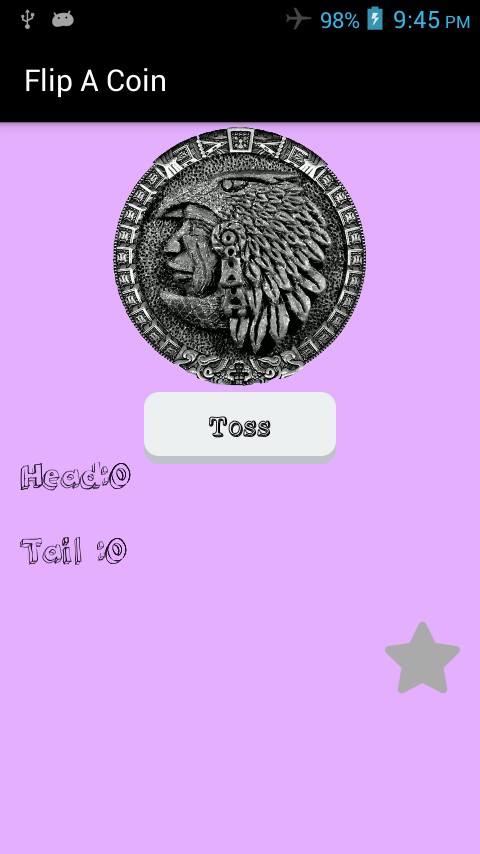
Create Coin Flip Simulator with CSS Animations, HTML, and JavaScript You’ll now get as many results as the number you typed into the input element.Ĭlick here to see the demo. Let qty = document.getElementById("qt").value Take a look at the following code for the fpClick() function: let button = document.getElementById("flp")


Assign it as the content of the div element once you’ve collected all of the simulator’s results. The flip’s result must be wrapped in a tag and saved in a variable (named score in the example below).
COIN FLIP CHOICE UPDATE
Then, update the fpClick() function to grab the input tag’s value and loop the coin flip code with a for statement. You’ll need to create an HTML input element to accept the user’s input to make a coin flip as many times as the user wants: Create Coin Flip Simulator for X Times Using HTML and JavaScript
COIN FLIP CHOICE HOW TO
In the next section, we’ll go over how to do that. You can also make a simulator that flips as many as x times in response to the user’s input. Let result = document.getElementById("rslt") The content of the div element in the HTML body will be set as a result: Using the Math.random() method, the fpClick() function will execute the code to simulate a coin flip. Let button = document.getElementById("flp") īutton.addEventListener("click", fpClick) When the button is pressed, JavaScript will call the fpClick() function as follows: The flip’s breakpoint is at 0.50, as shown below: let number = Math.random() Īfter that, add a script tag to the button element and attach an event listener to it to listen for click events. It generates a random number between 0 and 0.99999999, so you can use the generated number to determine whether it will result in a head or a tail.

The built-in Math.random() method can simulate a coin flip in JavaScript. Use Math.random() to Simulate Coin Flip in JavaScript A CSS-based visual coin flip is also included. This tutorial will demonstrate how to use JavaScript and HTML to make a coin flip simulator.


 0 kommentar(er)
0 kommentar(er)
